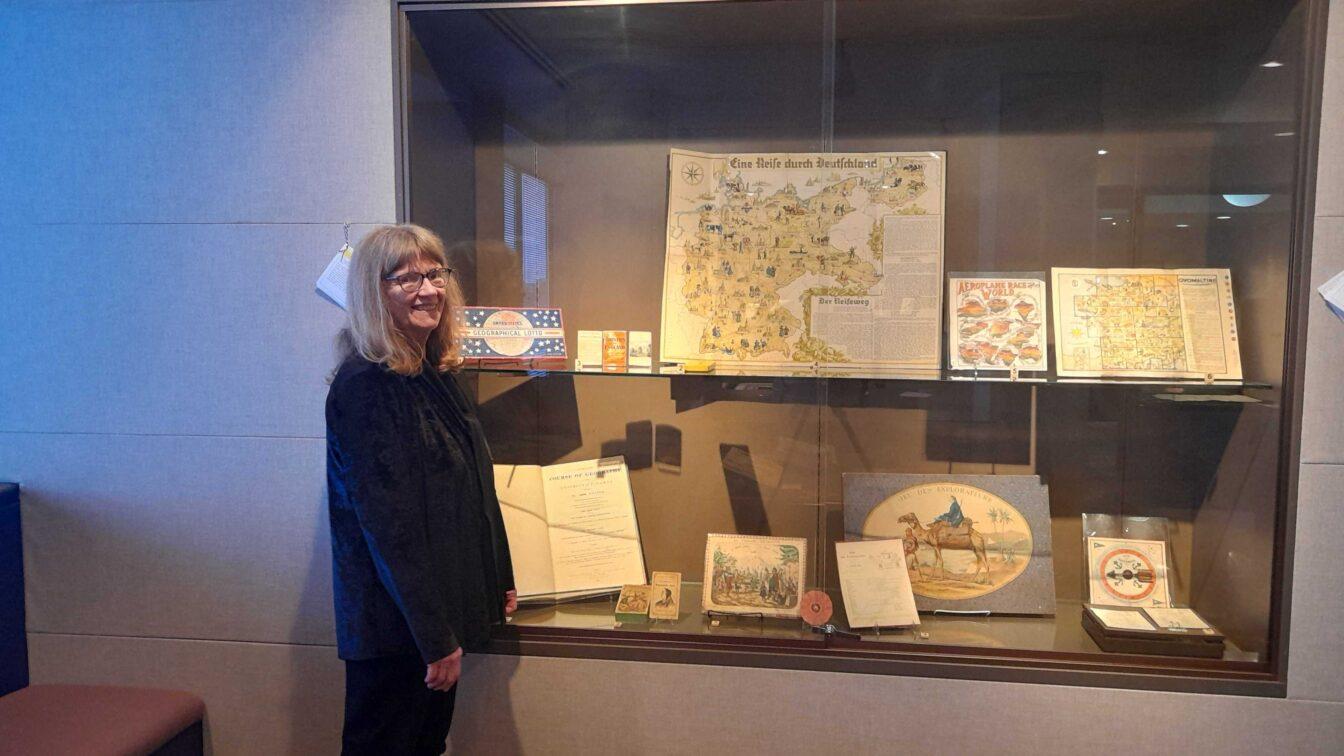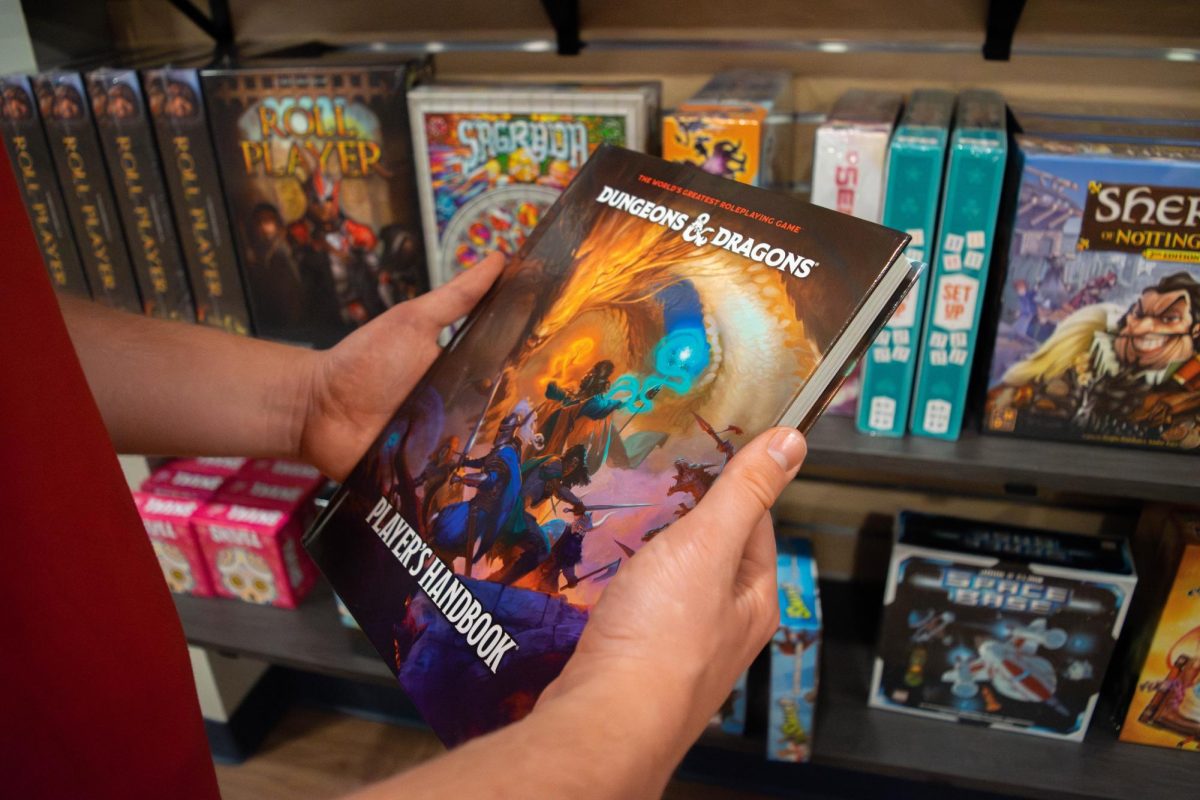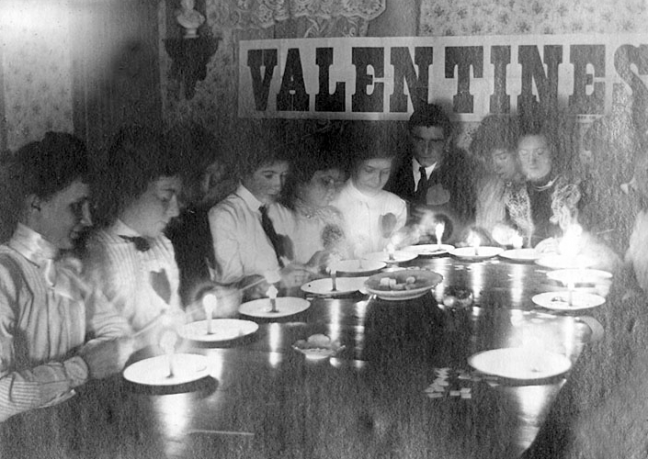From Jan. 23 to Aug. 2, the University of Wisconsin Special Collections presents their first ever educational board games exhibition titled “‘Most Agreeable & Rational Recreation’: Two Centuries of Educational Board Games.”
Organized by special collections curator Robin Rider, the exhibition showcases Western European, Japanese and U.S. board games spanning the late 18th and 19th centuries.
Inspiration for the exhibit comes from the excitement she saw students show toward archived games in general and especially board games previously curated by UW Special Collections, Rider said. Students were specifically interested in a board game about a female reporter from the 1970s who traveled the world, Rider said.
National Symphony Orchestra of Ukraine to perform in Madison
“My colleague responsible for the American Women Writers’ Collection curated it and I saw how excited students were looking at our collection,” Rider said.
This along with the interest shown by the UW Center for Design and Material Culture, shaped the way Rider would produce the exhibit.
Prominently focusing on the late 18th and 19th centuries, the exhibit centers on the way cultures, scientific progress and historical events are represented through board games and how they speak to us about history.
Rider’s curation and exhibition of board games marks the increasing attention they have gained in the previous year. The French and Italian graduate symposium, an annual event at the university, is also expected to make board games the object of its discussion, Rider said.
Significant collections also can be found in the Bodleian Library of Oxford, Stanford University Libraries and The Smithsonian Institution to name a few.
The exhibit will be housed in Memorial Library Special Collections, on the 9th floor, until Aug. 2 according to the exhibit’s posting.
The rise in interest surrounding the materials in the exhibit is because board games have always been an interesting part of society, according to Rider. They represent intersections between recreation, business, design and more, Rider said.
“It is because everyone likes them,” Rider said. “You want to play them. You want to understand who designed them, how they got a patent for a game, how you protect your design. How do the game producers advertise? They express core values and concerns of society.”
Many games in the exhibition showcase connections to science, colonization, religion and literature.
One example is the famous “Grandmama’s Improved Arithmetical Game” produced in the U.S. by McLoughlin Brothers. Dating to 1864, it showcases the role in American households attributed to grandmothers.
“It shows how grandmama was seen as a guardian figure in American households,” Rider said.
Apart from conveying their own story of society, board games also hold valuable information of interest to other fields, Rider said. They are useful for studying print-making, design, patents, advertisement and scientific innovation.
Another aspect to note is the majority of games that survive were initially intended for wealthier people, which is not surprising, Rider said, since often it is expensive possessions that are preserved through history.
“A lot of effort and money goes into making board games attractive and not all games were invented for everyone,” Rider said.
A notable example would be a French game named “Jeu des paquebots” or “Game of Ocean Liners” produced by Charles Watilliaux in Paris in approximately 1898. Housed in a richly embroidered Gingham-styled pattern box, it contains detailed game pieces and a hand-crafted board. Similar traits can be found in many other pieces in the exhibit.
One can also see the traces of colonial history in the collection, a common trait in French and German board games during that time. Fresh with information about new cultures, 18th and 19th-century game producers tried to teach children about Africa and other colonies through games using pictorial and written representation.
Rider’s exhibition also shows how cultural influences can shape games and personal life. Prominent examples are the introduction of spinners and military games.
For example, one English military game showcased in the exhibition complains of the invasion of English colonies by the Dutch, penalizing its players who land there.
Another example is the spinner. A symbol of vice during the 18th century, dice were seen as a sign of gambling, leading to English game society to take unfavorable opinions against games of chance which rely on dice. For a certain period as showcased in the exhibit, one can find that most games were played using spinners until the reintroduction of dice.
Other board games feature topics like religion, arithmetic, memorization, science and diversity.
In addition to viewing games, visitors can soon play with many of the exhibits beginning in late February, Rider said.
Rider and the UW Department of Special Collections encourage students and faculty to discover the exciting world of board games and try out games played over two centuries ago.














